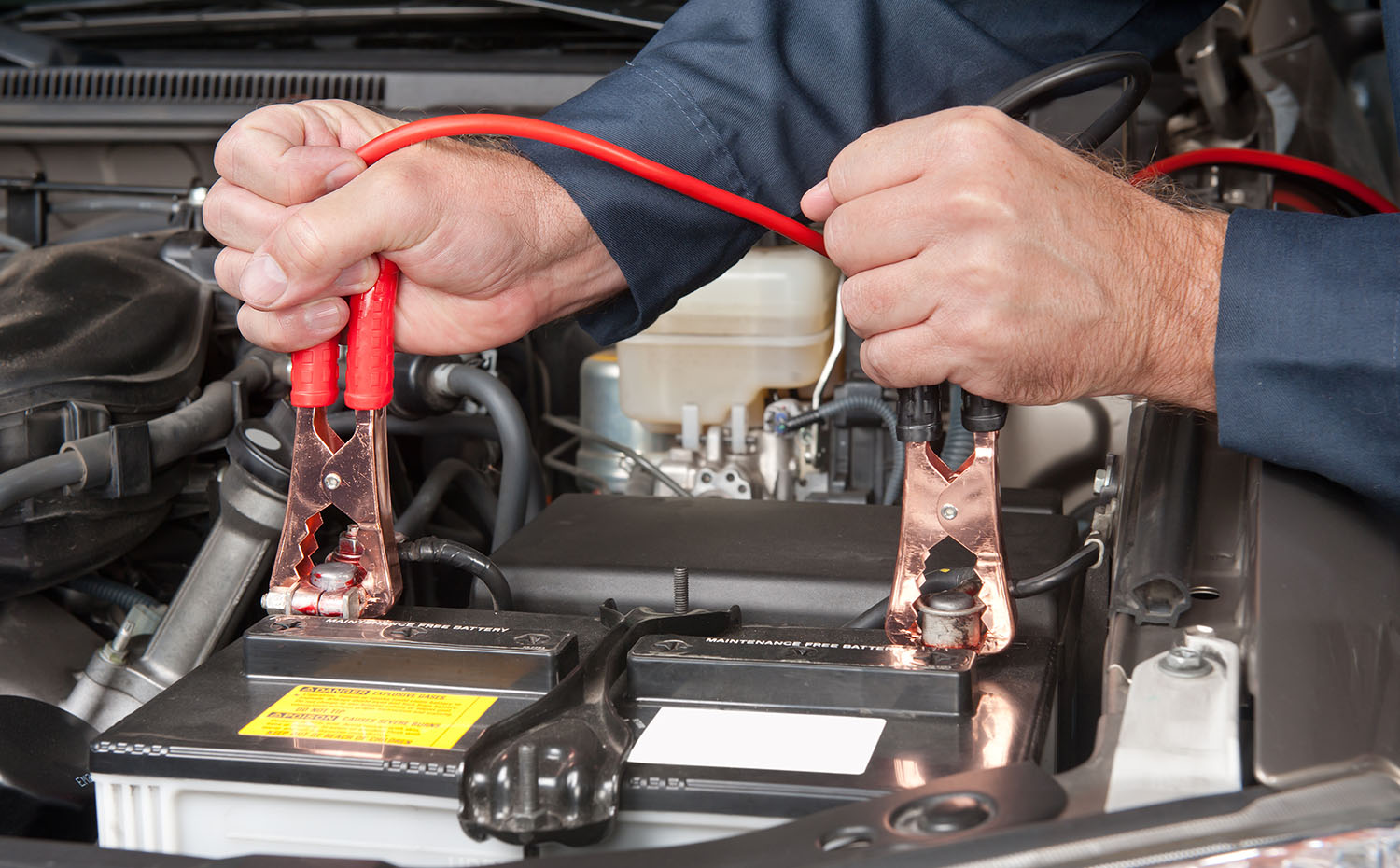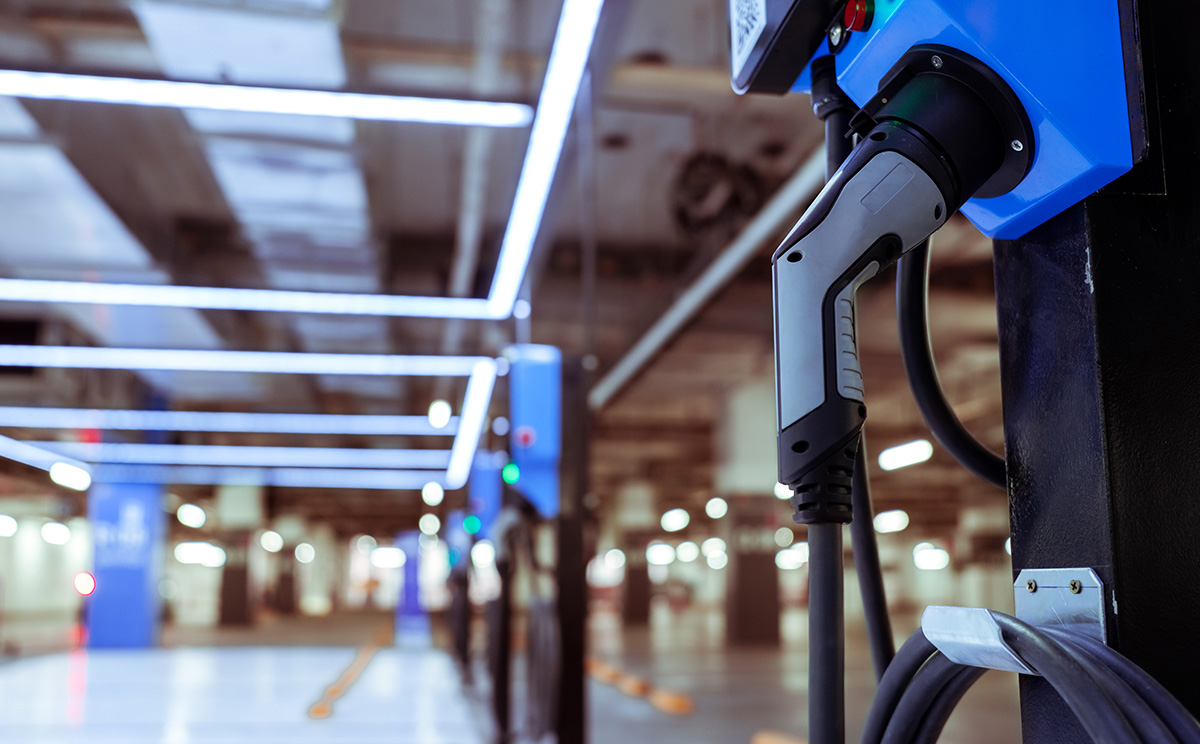
Myths about EVs Busted!
Electric Vehicles, in short, are also called EVs. This kind of transport vehicle is famous in many countries, these are eco-friendly vehicles known for running without fuels. This is the reason these vehicles have become so popular. However, there are still several myths surrounding electric vehicles. Sodyco is here to bust them!
Sodyco manufactures battery-operated rickshaws as a green solution for a business vehicles. They are made from environment-friendly technology and are incredibly high-performance.
Let’s get some myths about EVs busted:-
Myth 1: Electric vehicles get damaged in waterlogged areas.
Electric vehicles have an (Ingress Protection) system. A typical IP rating in an electric vehicle could be IP65 or IP67 rating, depending on the vehicle. Here the digits represent their protection against the two elements – dust and water. Thus, the higher the number, the better the protection against these two elements. Additionally, driving an electric car into a pool of water doesn’t cause any malfunction, and doesn’t conduct electricity into the water around the vehicle. All systems, inside the battery pack, have multiple layers of protective cut-offs which activate at the first sign of water ingress. The main battery pack also has the ability to isolate itself electrically from the rest of the car.
Myth 2: EV batteries need replacement frequently.
 As mentioned earlier, the price of the battery pack makes for a major chunk of an EV’s price. And yes, they’ll need replacement as well. However, EV batteries do not lose capacity too rapidly as one might think. These batteries have a sturdy build and can function for a long period of time if maintained carefully.
As mentioned earlier, the price of the battery pack makes for a major chunk of an EV’s price. And yes, they’ll need replacement as well. However, EV batteries do not lose capacity too rapidly as one might think. These batteries have a sturdy build and can function for a long period of time if maintained carefully.
Myth 3: Charging stations are inadequate.

EVs offer enough range on a single charge which is best for daily traveling or even longer commutes. The question of inadequate charging stations is being addressed and more and more players, both from the public and private sectors, are entering this space to develop a robust charging infrastructure. In addition, the Indian government has issued guidelines to encourage EV adoption which include the availability of a minimum of one charging station in a grid of 3km x 3km, setting up of charging stations every 25km on both sides of highways/roads, and electric vehicle charging in buildings among others.
Myth 4: Charging an Electric vehicle in the rain is dangerous.
The fear people have about charging an electric vehicle in the rain is that we know that water conducts electricity. However, fortunately, electric vehicle chargers are weatherproof and are specifically designed to protect both the vehicle and its humans from electrical shock. Electric vehicle chargers are also rigorously tested and have to meet certain standard safety norms.
Conclusion
Well now that we have your myths about EVs busted, we hope you don’t have any confusion. If you want to check out the first few myths we busted about Sodyco E-rickshaws, click here.

